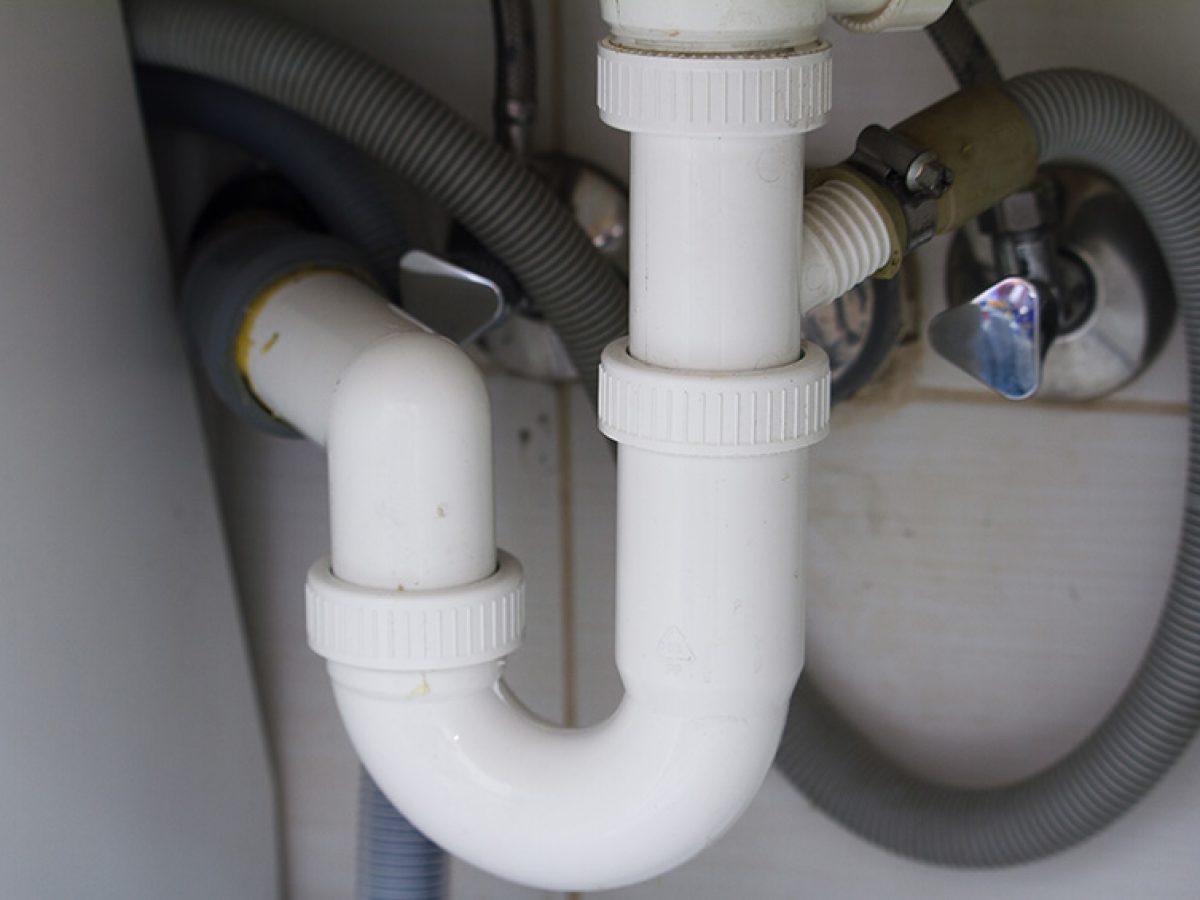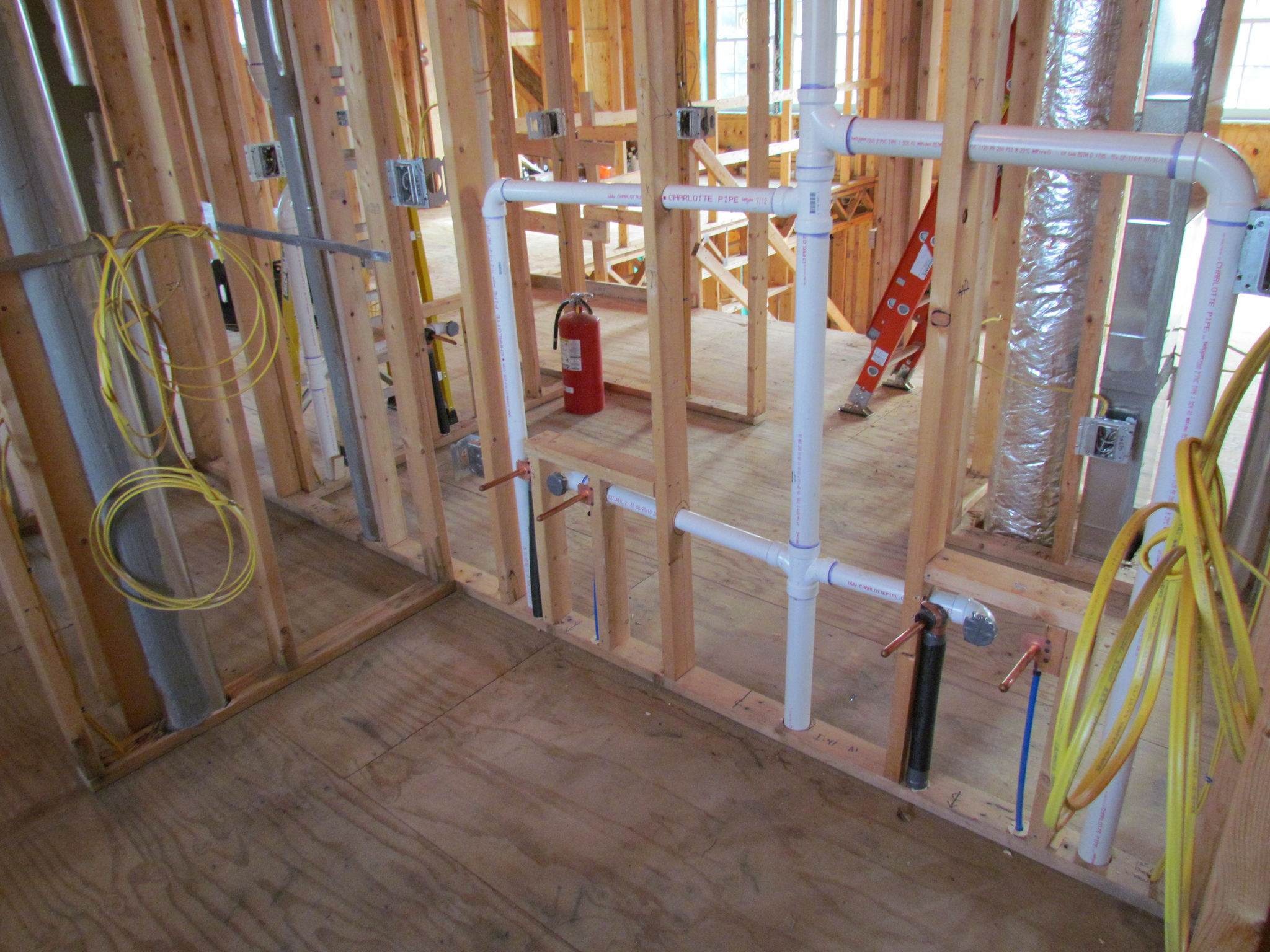They are making several good points about Anatomy of a House: Understanding the Components in general in this post in the next paragraphs.

Recognizing just how your home's plumbing system works is vital for every single home owner. From delivering clean water for drinking, cooking, and showering to safely eliminating wastewater, a properly maintained pipes system is crucial for your family members's wellness and comfort. In this comprehensive overview, we'll explore the intricate network that makes up your home's plumbing and offer suggestions on maintenance, upgrades, and managing typical concerns.
Introduction
Your home's plumbing system is more than simply a network of pipelines; it's an intricate system that guarantees you have accessibility to clean water and effective wastewater removal. Knowing its components and how they work together can help you prevent costly repairs and make sure everything runs smoothly.
Standard Parts of a Pipes System
Pipes and Tubing
At the heart of your plumbing system are the pipelines and tubes that bring water throughout your home. These can be made from different materials such as copper, PVC, or PEX, each with its advantages in regards to longevity and cost-effectiveness.
Components: Sinks, Toilets, Showers, and so on.
Fixtures like sinks, toilets, showers, and bathtubs are where water is utilized in your home. Understanding how these components attach to the plumbing system helps in detecting troubles and preparing upgrades.
Valves and Shut-off Points
Valves control the flow of water in your plumbing system. Shut-off shutoffs are crucial throughout emergency situations or when you require to make repair work, allowing you to isolate parts of the system without interfering with water circulation to the entire residence.
Water System
Main Water Line
The main water line attaches your home to the local supply of water or a private well. It's where water enters your home and is dispersed to various components.
Water Meter and Pressure Regulatory Authority
The water meter measures your water use, while a pressure regulator makes certain that water streams at a secure pressure throughout your home's plumbing system, avoiding damage to pipes and components.
Cold Water vs. Hot Water Lines
Recognizing the difference in between cold water lines, which provide water straight from the primary, and warm water lines, which bring heated water from the hot water heater, assists in troubleshooting and preparing for upgrades.
Drainage System
Drain Pipes Water Lines and Traps
Drain pipelines bring wastewater away from sinks, showers, and toilets to the drain or septic tank. Catches prevent sewage system gases from entering your home and also catch debris that might cause obstructions.
Air flow Pipes
Air flow pipes permit air right into the drainage system, protecting against suction that might reduce drainage and create traps to vacant. Proper ventilation is essential for keeping the integrity of your pipes system.
Importance of Proper Water Drainage
Ensuring appropriate drain prevents backups and water damage. Consistently cleaning drains pipes and maintaining catches can prevent pricey repair work and expand the life of your plumbing system.
Water Furnace
Types of Hot Water Heater
Water heaters can be tankless or typical tank-style. Tankless heating units warmth water as needed, while tanks keep warmed water for instant usage.
Upgrading Your Pipes System
Factors for Upgrading
Updating to water-efficient components or replacing old pipelines can improve water top quality, reduce water expenses, and increase the value of your home.
Modern Pipes Technologies and Their Benefits
Discover innovations like clever leak detectors, water-saving bathrooms, and energy-efficient hot water heater that can save cash and reduce environmental influence.
Cost Factors To Consider and ROI
Compute the upfront costs versus long-lasting cost savings when taking into consideration plumbing upgrades. Many upgrades pay for themselves via reduced utility expenses and less repairs.
Just How Water Heaters Link to the Pipes System
Recognizing how hot water heater link to both the cold water supply and warm water circulation lines aids in detecting concerns like insufficient hot water or leaks.
Upkeep Tips for Water Heaters
Regularly flushing your hot water heater to remove sediment, inspecting the temperature level setups, and inspecting for leaks can expand its life-span and enhance power performance.
Typical Pipes Concerns
Leaks and Their Causes
Leaks can happen because of aging pipes, loose fittings, or high water pressure. Attending to leakages immediately avoids water damage and mold and mildew growth.
Clogs and Blockages
Clogs in drains and toilets are frequently caused by flushing non-flushable things or a buildup of oil and hair. Making use of drain screens and being mindful of what drops your drains can avoid blockages.
Indications of Plumbing Problems to Watch For
Low water stress, slow-moving drains pipes, foul odors, or abnormally high water costs are indications of prospective plumbing problems that should be addressed immediately.
Pipes Upkeep Tips
Routine Examinations and Checks
Set up yearly plumbing evaluations to catch issues early. Look for indicators of leakages, rust, or mineral accumulation in taps and showerheads.
Do It Yourself Maintenance Tasks
Simple tasks like cleansing faucet aerators, looking for commode leakages making use of dye tablets, or insulating subjected pipes in chilly environments can stop major pipes problems.
When to Call a Professional Plumbing Professional
Know when a pipes concern needs professional knowledge. Trying complicated repair work without proper expertise can lead to even more damage and greater repair work prices.
Tips for Minimizing Water Usage
Basic habits like taking care of leaks quickly, taking shorter showers, and running complete loads of washing and meals can preserve water and lower your energy expenses.
Eco-Friendly Plumbing Options
Take into consideration lasting plumbing products like bamboo for flooring, which is durable and eco-friendly, or recycled glass for kitchen counters.
Emergency Readiness
Steps to Take Throughout a Plumbing Emergency
Know where your shut-off shutoffs are located and exactly how to shut off the supply of water in case of a ruptured pipe or major leak.
Value of Having Emergency Calls Useful
Maintain call info for regional plumbing technicians or emergency situation services easily available for quick feedback during a pipes situation.
Environmental Influence and Conservation
Water-Saving Fixtures and Home Appliances
Mounting low-flow taps, showerheads, and commodes can significantly decrease water usage without compromising efficiency.
Do It Yourself Emergency Fixes (When Applicable).
Short-term repairs like utilizing air duct tape to patch a leaking pipeline or placing a container under a trickling tap can reduce damage till a professional plumber arrives.
Conclusion.
Understanding the anatomy of your home's plumbing system equips you to preserve it successfully, conserving money and time on fixings. By following routine maintenance routines and remaining educated concerning contemporary pipes innovations, you can ensure your plumbing system operates effectively for many years to find.
The Anatomy of Your Home s Plumbing System
Understanding the anatomy of your home s plumbing system is essential for any homeowner. It not only helps in identifying potential issues but also facilitates effective communication with professionals when repairs or upgrades are needed. Your home s plumbing system is more than just pipes and faucets; it s a complex network that ensures the efficient and hygienic flow of water in and out of your house. In this blog, we ll dissect the crucial components of your home s plumbing system. For those in Antelope Valley, Brock Plumbing is your trusted partner for all your plumbing needs, ensuring your system functions smoothly and efficiently.
Water Supply System
Main Water Line: This is where your home s plumbing system begins. The main water line connects your home to the public water supply or a private well. Pipes and Shut-off Valves: Pipes distribute water throughout your home. Shut-off valves are crucial for controlling the flow of water and making repairs without shutting off the entire system. Drainage System
Drain Pipes: These pipes carry waste and water away from sinks, toilets, and showers. Vents: Vents allow sewer gases to escape and help maintain proper pressure in the drainage pipes, ensuring efficient flow of wastewater. Traps: Every fixture has a trap, a U-shaped pipe that holds water and prevents sewer gases from entering your home. The most common is the P-trap under sinks. Fixtures and Appliances
Fixtures and appliances are the most interacted with parts of your plumbing system. They include sinks, toilets, showers, dishwashers, and washing machines. Each fixture and appliance has its own supply and drainage connection, ensuring they receive clean water and can dispose of wastewater effectively.
Water Heating System
Your water heater is a crucial component, providing hot water to various fixtures and appliances in your home. It can be tank-based or tankless, with each type having its own set of advantages and maintenance requirements. Regular maintenance is essential to ensure efficient operation and extend the lifespan of the unit.
Sump Pump
In areas prone to flooding or with high water tables, a sump pump is an essential part of the plumbing system. It s installed in the lowest part of your basement or crawlspace and pumps out water that accumulates, preventing flooding and protecting your home from water damage.
Septic System
Homes that are not connected to a municipal sewer system have a septic system and an underground wastewater treatment structure. Understanding how to maintain your septic system is crucial to prevent backups, odors, and early system failure.
Conclusion
Your home s plumbing system is a complex and essential network, ensuring the efficient and hygienic flow of water in and out of your property. Understanding its key components helps in maintaining it properly and identifying issues before they escalate into major problems. For residents in Antelope Valley, Brock Plumbing is dedicated to providing top-notch services, ensuring that every part of your plumbing system is in perfect working order. Trust our team of professionals to handle all your plumbing needs, ensuring your home remains comfortable, safe, and well-maintained.
https://brockplumbinganddrains.com/blog/the-anatomy-of-your-homes-plumbing-system/

As a keen reader about The Inner Workings of Your Home's Plumbing, I think sharing that piece of content was essential. So long as you liked our page kindly do not forget to pass it around. Many thanks for your time. Return soon.
Click Here